The West Highland Way is acclaimed as the most walked long-distance trail in Scotland. It attracts about 85,000 people every year, of whom more than 30,000 walk the entire route. Despite being so popular it is still possible to walk for miles along the 96-mile route between Milngavie and Fort William and pass only a few people. It does depend on where and when you are walking but there are long sections that are remote and far less walked. So many walkers ask so many questions about the West Highland Way, so here, we will answer the most common.
Where is the West Highland Way?
Many people have heard of the popular long-distance walking trail but they are still not sure where it is. The 96-mile (154.5km) route officially starts in Milngavie shopping precinct. Milngavie is a small community on the northern outskirts of Glasgow, which is Scotland’s largest city. The signposted way heads north and west through the fabulous countryside from lowlands to Highlands to reach the town of Fort William on Scotland's west coast.
How long does it take to walk the West Highland Way?
It depends on fitness levels and what you want to see along the way. Most people take between five and eight days to walk the route, although it is possible to do it in only a few days, or a little longer. There are even some super-humans who run the way in less than 24 hours! It’s up to you whether you want to take your time and enjoy the walk, scenery and places to visit en route, or whether you want to push on a break personal records. This blog post on "How many days to walk the West Highland Way?" may help.
Can I wild camp alongside the West Highland Way?
The favourable Scottish Outdoor Access Code allows for wild camping along most sections of the WHW although this must be done responsibly, taking away all rubbish etc when you leave. There are some restrictions in the Loch Lomond and Trossachs National Park so it is important to check this out before you leave. There are also campsites at many convenient places on the Way, even if wild camping is not permitted where you want to overnight. If you plan to camp you’ll need to carry your own camping equipment with you. The alternative that most people choose is to book with a company, such as us (Macs Adventure!), that arranges accommodation in B&Bs and hotels on the West Highland Way, and transfers the bulk of your luggage daily.
What is the best time of year to walk the West Highland Way?
Spring and autumn are two of our favourite seasons for walking the WHW, when temperatures are fine for daily walking and days are often dry. Be prepared for fickle Scottish weather, however. In one day you can experience three or four-season regardless of the time of year so it’s important to dress and carry kit to suit a range of weather conditions.
Legend has it that the midges are less present in May and September, so those months are very popular. If you are keen to walk the West Highland Way in May, you would be best advised to book as early as possible, because accommodation spaces fill up fast, and due to the remote nature of much of the trail, once it is full it is full! Macs Adventure will always do what they can to find you a place to stay, and you can see example accommodation on our website itineraries.
Summer is also a great time to walk the West Highland Way when days are longer and generally warmer, although you may be bothered by Scotland's favourite pests, the midges (see below).
Winter can be an amazing time to walk the WHW. The route will be far less busy and Scotland can experience some stunning days of clear skies and snowy landscapes. But be warned that snow, ice, rain and mist are common in Scotland in winter and if you plan to embark on the route in winter you should be highly skilled at navigation and remote winter hiking. Macs Adventure does not offer walking holidays on the West Highland Way during winter, sorry.
What to wear for long-distance walking
Scotland can have changeable weather so it’s important to pack clothes for all kinds of conditions. Take a look at What to Pack for the West Highland Way. The absolute essentials are good walking boots, rain / waterproof gear (trousers and an over-jacket), and sunscreen (there is a good chance you'll need them all!).
Will I need a West Highland Way Map and a compass?

The West Highland Way is waymarked with clear signposts and marker posts. For the most part, these are easy to see and follow but a map and compass can be taken as a precaution, for times when you miss seeing signs or the weather becomes inclement. Macs Adventure offer a mobile phone app with maps and tracking via GPS too. There are sections of the way that travel through remote landscapes that can be subject to snowdrifts, mist, heavy rain etc. However please be reassured that the route is very easy to follow, and chances are you'll only use your map for your own interest.
Are dogs allowed on the West Highland Way?

If it is a complete walk of the route you are planning, unfortunately, Macs Adventure don't offer packages that accommodate dogs on the West Highland Way. This is due to many of the accommodations not accepting dogs, and should transfers by taxi be needed, they also may not transport dogs. If you are planning to source accommodations, do make sure you check in advance. And of course, take into account your dog's fitness and age before embarking on the way, it's a long way for little paws! Dogs are permitted along the Way (usually staying in tents with owners) but in some places, they must be kept on a lead. One section that can be closed to dogs in spring is on the east approach to Conic Hill, where there are two enclosed lambing fields. Under the Scottish Outdoors Access Code dogs can’t be taken into fields where there are lambs, calves or other young animals.
Is accommodation easy to book?
There are plenty of accommodation providers along the WHW route but they fill up early, especially in the spring and summer months. To be sure that you are staying at trusted quality accommodation, book your West Highland Way as a walking holiday with a reputable operator, who will also have the knowledge to work out the perfect itinerary for you.
I have heard that ticks in Scotland carry Lyme disease
There are ticks in Scotland and in areas along the West Highland Way, and some may carry Lyme disease, but the chances of being infected are very low. It is a good idea to check your skin for ticks every day and to carry a tick removal device (a little instrument freely available in most outdoor shops and stops along the West Highland Way) with you as a precaution. If you do receive a tick bite that grows red or swells up or if you feel unwell you should seek medical advice.
How do I get to the start of the West Highland Way?
You can drive or catch the train or bus from Glasgow to Milngavie. The train station in Milngavie is very close to the start of the trail, and most walkers arrive by train. There is no official parking for the trail in Milngavie, although there is on-street parking throughout the community. The best option is to leave your car behind and arrive by train or bus. If customers of Macs Adventure need to leave their cars, the best option would be to contact your specialist on in advance. Check our blog on getting to the start of the West Highland Way.
How do I get back from Fort William?
There is a regular train service from Fort William to Glasgow, which is the most popular option and takes around 4 hours. At busy times it is a good idea to reserve a seat, which you can do in advance using Scotrail's website, where you can also check timetables. Sometimes, if you have an early flight the next day, a taxi is required. This is a very expensive option, so should be avoided unless necessary, and the train journey is a highlight, offering wonderful views. You can also get a bus from Fort William to Glasgow, which takes around 3 hours, and should be booked in advance.
Are the midges a major problem?
There is no denying that midges can be a nuisance. They will bite if they find bare skin but they do not cause illness. Some people suffer from itchy bites. Midges are most abundant in Scotland from June to August when the weather is warmer yet still damp. The best solution is to carry midge repellent with you. Midges are more prevalent in early morning and dusk when the sun is rising or setting, so ensure that you cover bare skin with long sleeves and trousers. A midge net for the face can be very useful. During the walking day (and especially if there is a light breeze) you will probably find you don't even notice them.
Will I get mobile / cellphone service?
Whilst there will, of course, be remote areas where you do lose signal, you will find that along most of the route you will pick up cellphone service. Mapping on the Macs Adventure app can be saved offline in advance so you can navigate without data/signal.
Can I get laundry done along the way?
If you are booking a trip through Macs Adventure, you will find that some accommodation providers do offer a service, and even in those that do not offer a formal service, well, you can always ask! Some accommodations offer drying rooms too for your outer layers, which is very useful, and depending on where you overnight, there are some self-service pay-as-you-go washing machines at busy points along the way like near the Green Welly Stop in Tyndrum.
Should I take walking poles?
This is down to personal preference. If you like walking with poles, do bring them. Likewise, if you are at all worried about the long days, they can really help ease pressure on the joints and be very useful to improve stability.
Do we tip for services along the way?
The tipping culture in Scotland is quite informal. In restaurants and cafes, it is commonplace to leave a 10% - 15% tip if you feel you've enjoyed the service. In taxis, it is commonplace to "round up" a little to leave the driver a tip for efficient service. For services booked through Macs Adventure (for example taxi transfers and accommodations), you are not expected to leave a tip.
Should I carry a lot of cash or are there ATMs along the way?
There are some ATMs along the West Highland Way, particularly in the bigger stops (Drymen, Tyndrum, Kinlochleven etc). Cards are often accepted for meals in pubs & restaurants, particularly after the Covid-19 pandemic when many venues began to offer cashless service. But, we would suggest you do carry some cash, enough to last a few days and pay for any incidentals for example snacks from shops, tips in bars, or packed lunches, which many B&Bs sell (these are not included in the Macs Adventure packages).
What footwear will I need, are walking shoes OK?
Again, this is down to preference. We would always advise that shoes or boots are waterproof. This is key to a happy walk! Whilst we suggest walking boots for ankle support, many do take on the trail with walking shoes. If that's what you are most comfortable in, it is up to you. If walking with trail shoes, we would suggest adding a pair of waterproof gaiters to your packing list though, in case of rainy conditions.
How about cycling the West Highland Way?
Many people do cycle the WHW. It can be done in one to three days although there are sections, such as the shores of Loch Lomond, that require good levels of skill on a mountain bike. Cyclists should show courtesy to walkers and might find that an early morning start is a good idea at busy times of the year.
Why might I need travel insurance to walk the West Highland Way?
Travel insurance is an important part of any trip. It's often low cost up-front and will cover you and your belongings. For example, if an illness means you can't go on your trip, or you are prevented from completing your West Highland Way due to illness, injury, or circumstances outwith your control, travel insurance could cover the costs of curtailment or cancellation. Whilst injuries are few and far between, and often minor, those travelling from overseas in particular should always ensure they have the medical cover contained in most travel insurance policies, to ensure there would be no financial impact if you should sustain an injury and need the assistance of the emergency services. Don't worry, the vast majority of travels are uneventful! But it is important to have the backup, should you need it. Every policy is different, so check yours thoroughly before departure.
If you have any questions about walking holidays on the West Highland Way, don't hesitate to contact one of our Destination Specialists on hello@macsadventure.com, who will be more than happy to help.
This post has been updated.













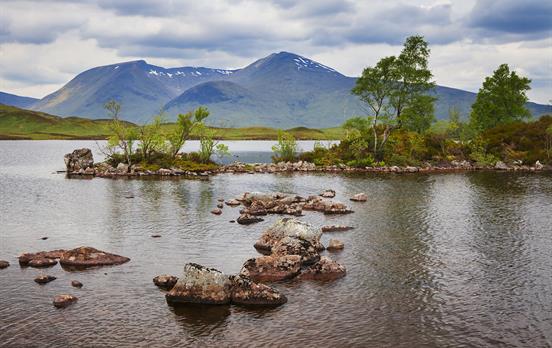


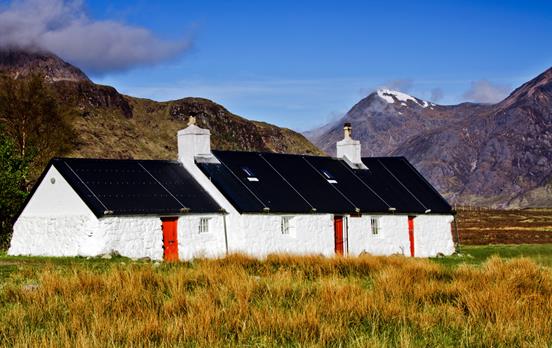




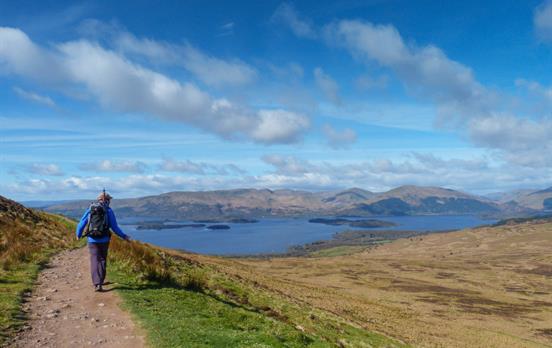
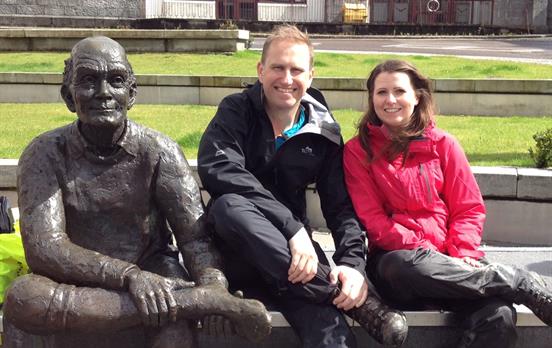
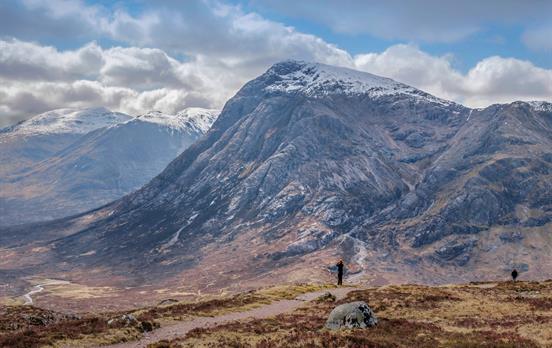
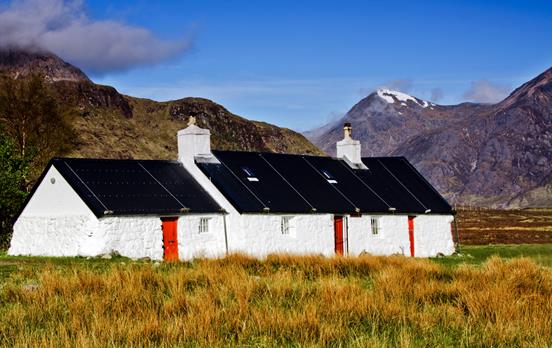
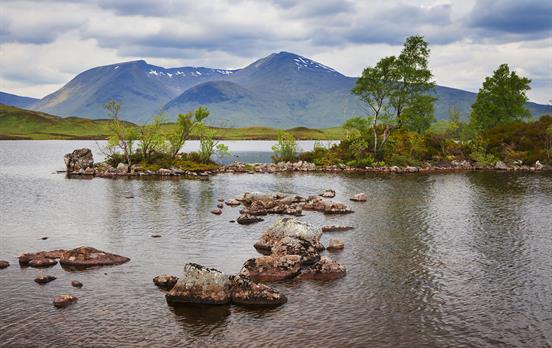



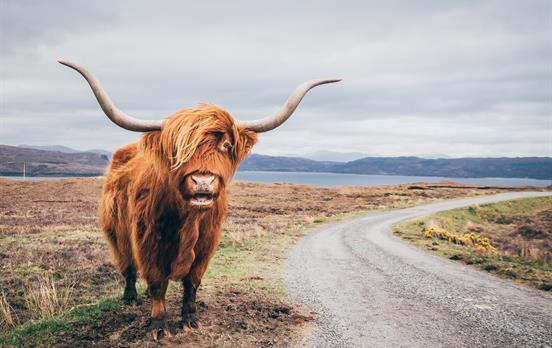

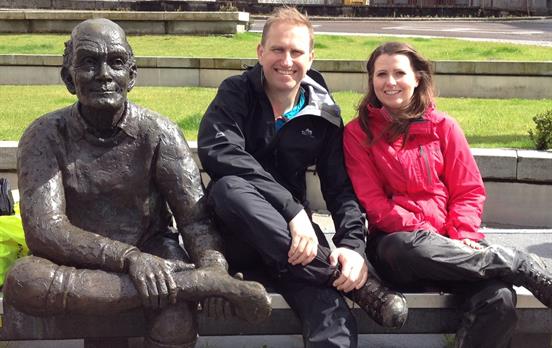


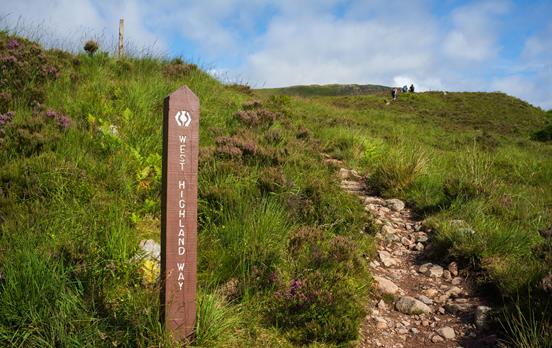

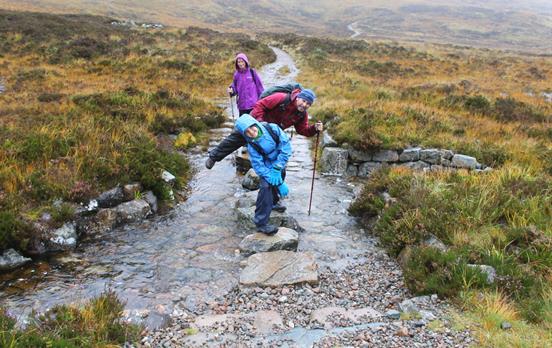


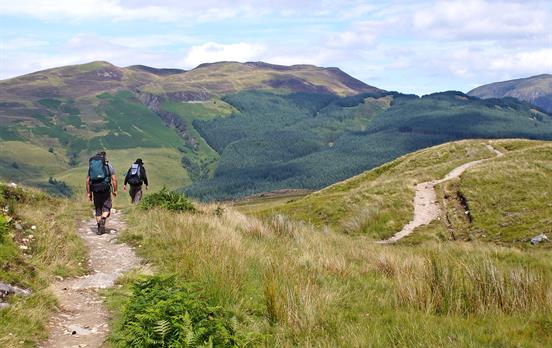
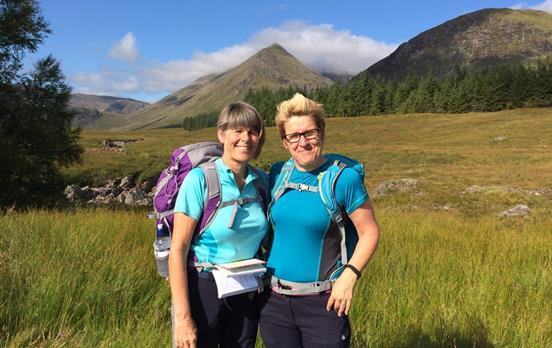
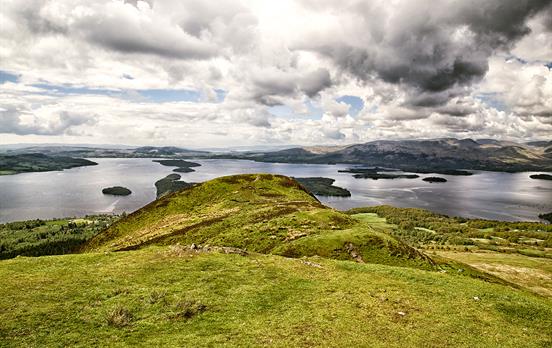
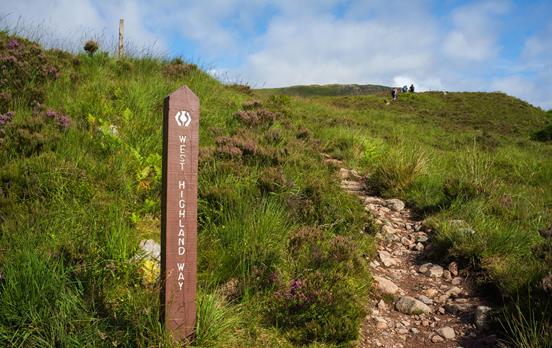











 Australia
Australia New Zealand
New Zealand South Africa
South Africa European Union
European Union